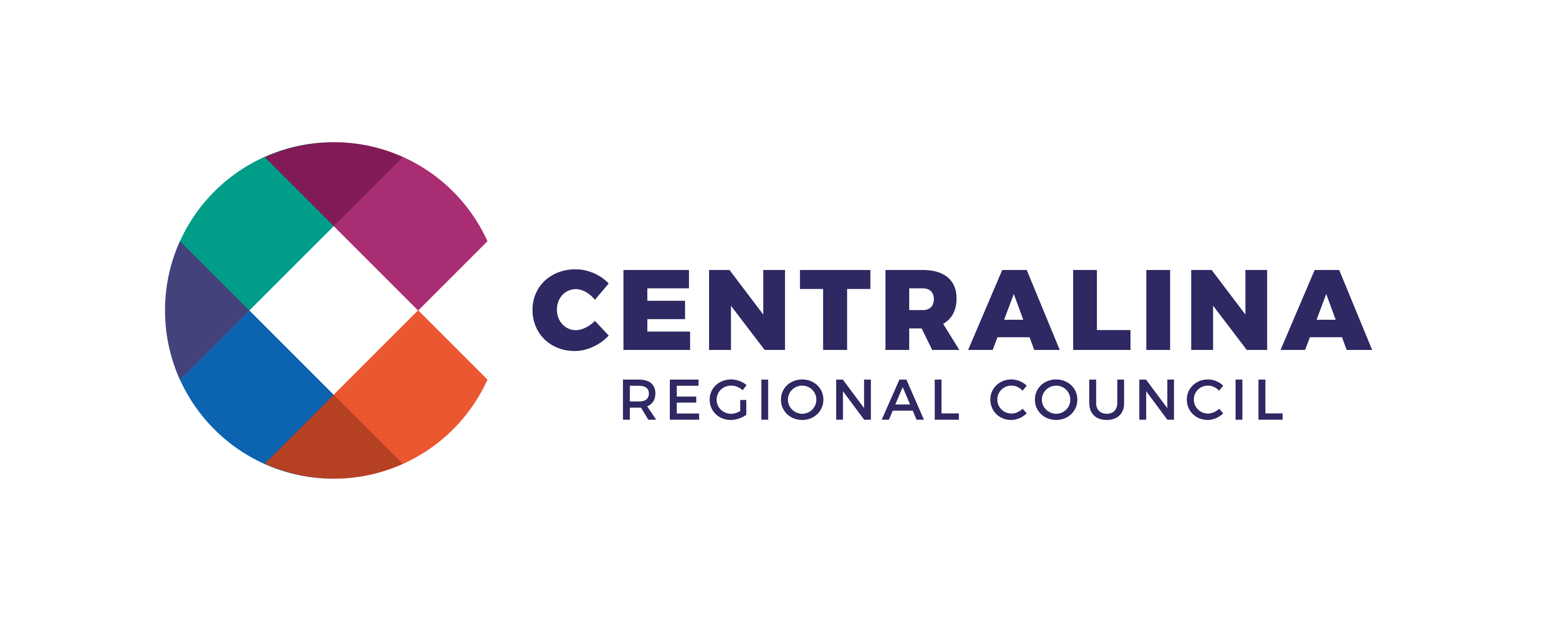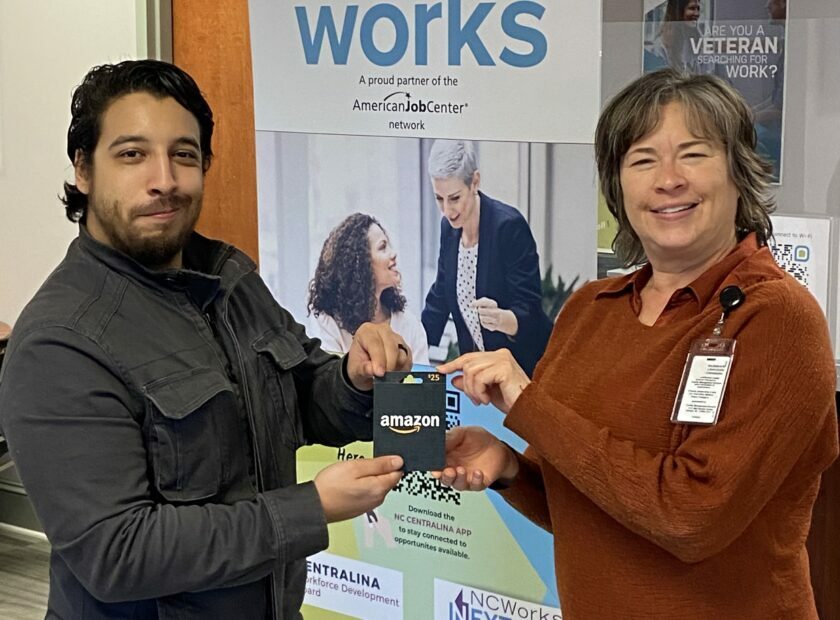Centralina Regional Council recently completed the third iteration of the Metrolina Regional Travel Demand Model through the COORDINATE Our Future initiative.
COORDINATE Our Future is a collaborative, regional effort to develop land use, population and employment inputs for the Metrolina Regional Travel Demand Model – a tool used to evaluate existing and future travel needs across the nine-county Centralina region. Organizations like the Charlotte Regional Transportation Planning Organization, Gaston-Cleveland-Lincoln Metropolitan Planning Organization and Rocky River Rural Planning Organization actively use the model’s outputs to plan for future transportation needs in their jurisdictions.
Outputs from the model provide the basis for decision-making around transportation planning and investments for the transportation planning organizations across the greater Charlotte region.
The overarching purpose of the COORDINATE Our Future initiative is to develop a consistent method for creating population and employment data across the region to increase interagency efficacy and create more accurate data.
The COORDINATE Our Future project introduced the concepts of:
- Regional scenario planning
- Using a CommunityViz model to anticipate growth areas
- Building strong, cross-jurisdictional, cross-agency collaborations to address regional challenges
- Using a disciplined process for building regional databases to create the quantitative data inputs needed for the model
- Using a process for regional consensus and confidence building, data verification, and feedback loops needed to move forward on complex, multijurisdictional challenges and opportunities
For the last decade, Centralina Regional Council has collaborated with transportation and land use planners, GIS professionals, developers and community leaders across the region to create and update datasets used to run the model. With the data collected by Centralina, the model can then allocate projected population and employment growth across our region’s communities. These allocations forecast future demand for our regional transportation network to help prioritize funding for future transportation projects.
The project coordinates efforts regionally to meet the following objectives:
- Consistent data collection processes across multiple geographies and MPO/RPO areas
- Process that is replicable for each long-range transportation plan and forecasting horizon year
- Clearly documented process and metadata for training and shared data use
- Transparent and systematic approach to model updates
Centralina not only shares this data from the model with various organizations in the region, but this data is also used by Centralina for a range of planning projects. The data from the model is used in land use planning, school redistricting, GIS projects and any project that incorporates the region’s land and transportation systems.
As the Charlotte region continues to grow and develop, this travel demand model will be updated every four to five years to address an ever-changing environment. This program is a heavy lift for all organizations involved but ultimately leads to a better region for all. Through that heavy lift, we are able to further Centralina’s mission to lead regional collaboration and improve quality of life through creative problem-solving.





